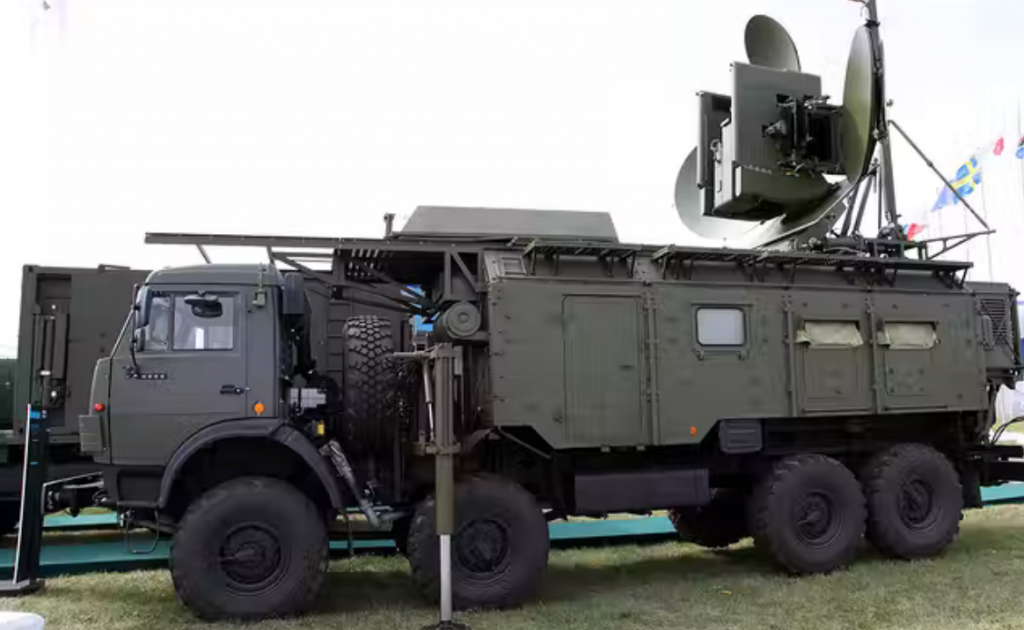
Conversations among Russian soldiers are a source of intelligence in AI warfare, cyber warfare, and electronic warfare being waged in Ukraine.
Algorithms Developed by Primer Help Collect, Analyze War Intelligence from Russia
Will Knight of wired.com explains in a recent article how AI algorithms developed by Primer, a U.S. company that provides AI services for intelligence analysts, are being used to break down all manner of decrypted intercepted data. Some use text, some use audio, and some use facial recognition to identify live and dead soldiers.
In Knight’s article, the tool developed by Primer also shows how valuable machine learning may become for parsing intelligence. The past decade has seen significant advances in AI’s capabilities around image recognition, speech transcription, translation, and language processing thanks to large neural network algorithms that learn from vast tranches of training data. Off-the-shelf code and APIs that use AI can now transcribe speech, identify faces, and perform other tasks, often with high accuracy. In the face of Russia’s numerical and artillery advantages, intercepting communications may well be making a difference for Ukrainian troops on the ground.
Calder Walton, a historian of espionage at Harvard, says the invasion of Ukraine shows how valuable open-source information has become for intelligence operatives. Facial recognition software has been used to identify some individuals in videos of the conflict.
“We are at an absolute watershed in terms of the nature of intelligence collection and what’s available,” Walton says. The conflict has highlighted the importance of mining different sources of intelligence. For instance, Ukrainian troops may have successfully targeted a number of Russian generals by looking for gray-haired individuals near antennas in satellites, drones, or other imagery.
Gathering and analyzing data using AI could eventually become central to battlefield operations. The U.S. military is investing millions to develop AI software capable of ingesting and analyzing different signals in the field. A U.S. Army program called Tactical Intelligence Targeting Access Node proposes creating a ground station capable of ingesting and drawing insights from many different battlefield sensors and data sources. If, for the most part, Russia’s invasion of Ukraine has relied on centuries-old tactics such as tank maneuvers and artillery bombardments, future wars that the US and other countries are preparing for may rely heavily on new technologies including AI.
Proving Russian War Crimes with AI
War crimes likely have taken place in the area of Bucha, outside of Kyiv. Videos have shown many dead bodies lying in the streets. Some had been tied up and executed. Russia claimed it was a scene set up by Ukrainians. but the bodies were there when the Russian troops were still there. The use of AI in U.S. satellites proved via video what the area looked like when it was overrun by Russian troops during their occupation of Bucha and after their retreat.
Knight’s article has many links to the various AI weapons used in what is being called the “TikTok” war. Some are offensive weapons, some are defensive weapons. Some are weapons that have not as yet been used in this conflict, such as mini bomb-carrying drones that can be sent en masse at targets. It is worth understanding what is taking place on the battlefield of 2022 and the use of AI in it.
read more at wired.com







Leave A Comment